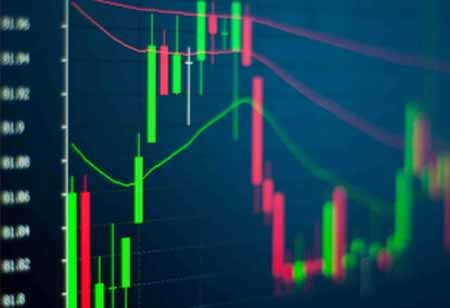The increased liquidity benefits all market participants, contributing to smoother price discovery and reduced bid-ask spreads.
Proprietary trading has emerged as a significant and evolving aspect of modern financial markets. Traditionally associated with investment banks and financial institutions, proprietary trading services have gained prominence due to technological advancements, regulatory changes, and market dynamics. Proprietary trading involves financial institutions trading on their accounts, using their capital rather than clients' funds. With the advent of algorithmic trading and high-frequency trading (HFT), proprietary trading desks have become adept at leveraging cutting-edge technologies to gain a competitive edge in the markets.
The practice has evolved over the years, transitioning from a primarily manual and human-driven activity to a highly sophisticated and technology-driven one. The critical contribution of proprietary trading services is enhancing market liquidity and efficiency. Proprietary traders actively participate in buying and selling financial instruments, providing liquidity to the market. Proprietary trading desks are crucial in risk management and hedging for financial institutions. Institutions can offset risks associated with their other business activities, such as underwriting securities or facilitating client trades. The hedging function helps financial institutions mitigate potential losses and stabilize their portfolio performance.
Proprietary trading has become a significant source of revenue for financial institutions. The ability to generate profits from market movements, whether through directional trading or market-making activities, provides institutions with an additional income stream. Revenue diversification is valuable in volatile market conditions and can contribute to the overall financial health of the institution. The regulatory environment has played a crucial role in shaping the landscape of proprietary trading services. The interpretation and implementation of these regulations have varied, and some institutions have adapted by establishing separate entities for their proprietary trading activities.
The rise of proprietary trading services is closely linked to advancements in technology. Automated trading algorithms, ML models, and sophisticated data analytics have empowered proprietary traders with data analytics and execution speeds unimaginable in the past. The use of technology has increased efficiency and led to the development of new trading strategies and approaches. Proprietary trading has fueled innovation in financial markets. Competition among proprietary trading firms has led to the development of advanced trading strategies, risk management techniques, and market infrastructure.
The spirit of innovation has a ripple effect, benefiting the broader financial ecosystem and influencing the evolution of market structures. The growing significance of proprietary trading services is underscored by their adaptability to changing market conditions. As financial markets become increasingly interconnected and global, proprietary trading firms have demonstrated resilience and flexibility in navigating diverse economic landscapes. The ability to swiftly adjust strategies in response to emerging trends and geopolitical events positions these firms as crucial players in maintaining market stability. Proprietary trading faces ongoing challenges.
Regulatory scrutiny remains a prominent concern, with the need to balance promoting market integrity and allowing for innovation and risk-taking. The interpretation and enforcement of regulations, particularly those related to proprietary trading, continue to be a subject of debate among policymakers. The risk inherent in proprietary trading, in the context of high-frequency and algorithmic trading, has raised concerns about market manipulation and systemic vulnerabilities. Industry participants and regulators must work together to maintain a delicate balance between risk-taking and risk management.
The trajectory of proprietary trading services will likely be shaped by continued technological advancements, regulatory developments, and the evolving nature of financial markets. Integrating artificial intelligence, blockchain, and other cutting-edge technologies is expected to further transform how proprietary trading is conducted, enhancing efficiency and expanding the scope of tradable instruments. Proprietary trading services have become integral to the financial ecosystem and are poised to play an even more pivotal role in the future. Stakeholders must navigate the challenges of regulation, technological disruption, and market dynamics to ensure that proprietary trading remains a constructive force in maintaining a robust and efficient global financial system.












